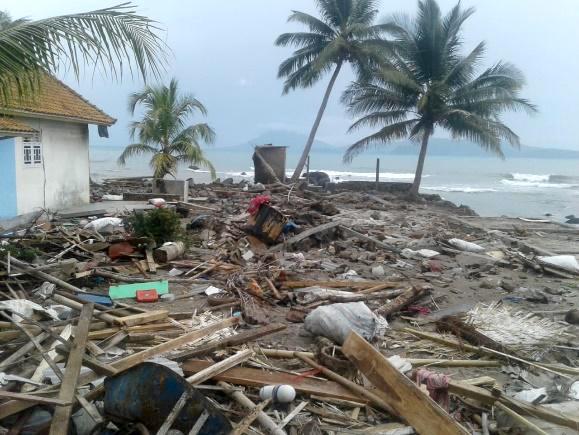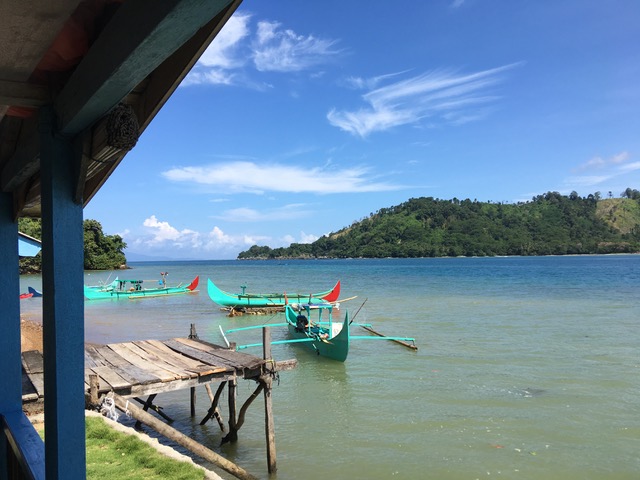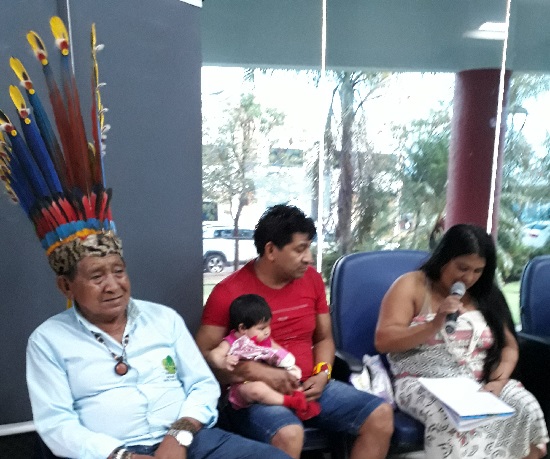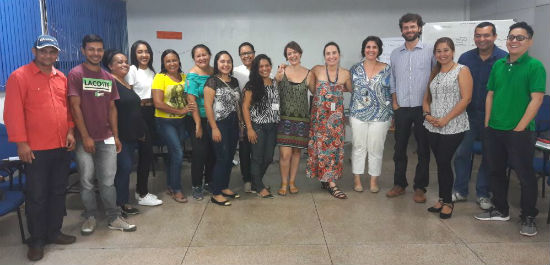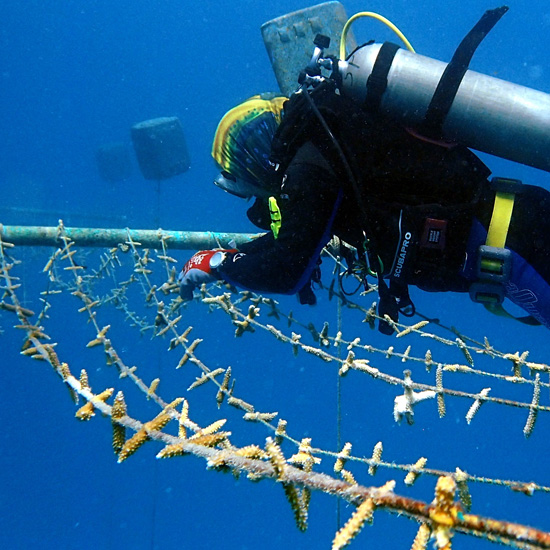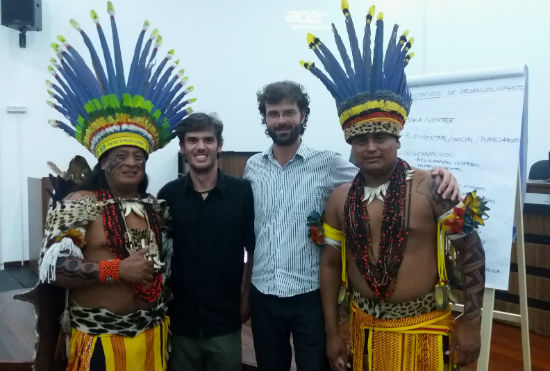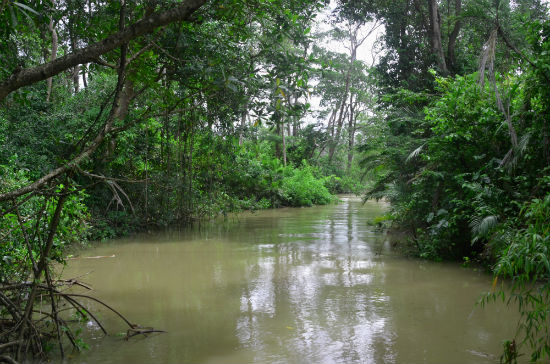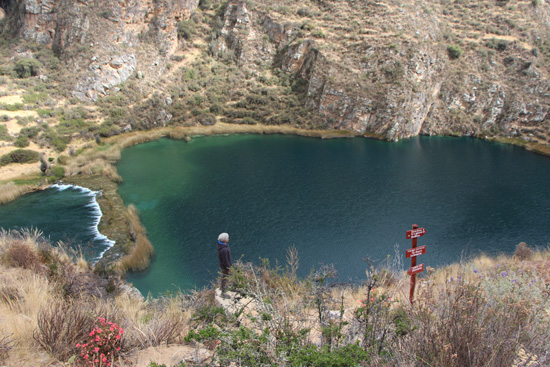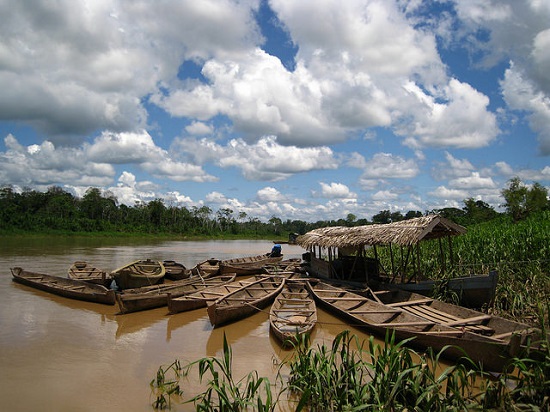News
Editor's note: We are sharing stories from our 2019-20 Marine Fellows on our blog and social media this week. Read on and visit us on instagram (@conservationstrategyfund) for more photos.
Fellow: Permana Ari Soejarwo
MFP Project Title: The Economic cost of a natural disaster on marine tourism in Indonesian coastal areas: The case of South Lampung regency.
Kiluan Sunset. Photo credit: Putu Liza Kusuma Mustika
Workshop Participants. Photo credit: CSF CSF-Brazil has released our study "Strengthening Tourism in Indigenous Lands: Analysis of Tourism Supply and Demand in the Juruena River Basin, Mato Grosso state", conducted in partnership with Native Amazon Operation (OPAN). The study analyzed the demand and supply of tourism in Mato Grosso state (MT) state to support the development of sustainable tourism in Indigenous Lands (ILs) of the Juruena river basin.
Participants of the Fazendinha APA’s ESs value chains workshop.
Phanor Montoya Maya, Director of Corales de Paz, Colombia. Photo: Niki Gribi
CSF-Brazil Director, Pedro Gasparinetti, CSF-Brazil consultant, Rodrigo Ozorio, and leaders from the Wazare indigenous village.
Workshop participants doing group work.
Conservação Estratégica (CSF-Brasil) led a workshop on sustainable business plans for products from the Amazon. The aim was to create an open-space for dialogue on possible ways to support the development of sustainable businesses and the strengthening of their value chains in the Brazilian Amazon.
CSF-Brazil is pleased to announce the launch of a new publication (in Portuguese): "The values of ecosystem services of the Brazilian mangroves, economic instruments for its conservation and the Salgado Paraense case study".
Roughly 90% of mangroves in Brazil are located in protected areas (PA). However, there are important deficiencies in financial sustainability and resource management that affect natural capital stocks, biodiversity and thus, local communities.
This article was originally written by SPDA / ActualidadAmbiental.pe
A tourist at the Nor Yauyos-Cochas Landscape Reserve. Photo credit: Annie EscobedoConservation Strategy Fund (CSF) presented a study on the economic impact of tourism within the Natural Protected Areas (ANP) of the National System of Natural Protected Areas by the State (SINANPE).
Yaguas National Park, Peru. Photo credit: Frank S. Cardoza

